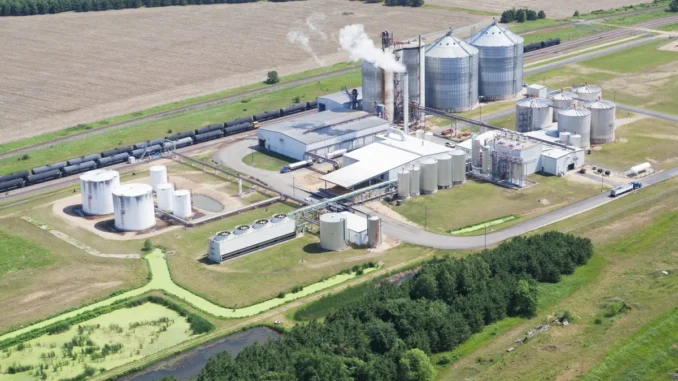
The world’s largest plant that converts coal into ethanol has begun its test runs at a facility in southeastern China, local media has reported. The technology developed by the Dalian Institute of Chemical Physics (DICP) is the only in the world to have reached the industrial level so far.
The world is looking to phase out fossil fuels in the coming decades in a bid to reduce global emissions. China, which has traditionally relied on coal for its industrial growth, has invested heavily in renewable energy as it looks to meet more than 80 percent of its energy demand from non-fossil fuels by 2060.
Even as the adoption of electric vehicles is on the rise in the country, anhydrous ethanol, which can be blended with petrol, is being used to improve exhaust emissions. For best results, the ethanol has to be 99.5 percent pure and is produced using crops such as corn, cassava, sugar beet, or sugar cane in the US and Brazil.
China’s response to ethanol demand
According to the South China Morning Post (SCMP), China’s annual demand for ethanol is 10 million tonnes. The country was able to produce 2.7 million tonnes of ethanol last year through fermentation of aged grain. However, the significant shortfall from its requirement meant that the country ended up importing the remaining alcohol.
Ethanol is also an important feedstock for various chemical processes since it can be transformed into ethylene, from which other products can be derived. China’s ethanol production demands from corn or sugar cane also compete with the crop grown to feed its large populace. Grain prices have been on the rise in China, forcing it to look for non-crop alternatives to make ethanol.
Coal to ethanol
The DICP has developed DMTE, a process that can generate methanol from coke oven gas, which is then made to react with other materials to generate ethanol. Coke oven gas is a by-product of coke production, which uses low-grade coal as a starting material, something China has in abundance.

By switching from grain to gas, China can save millions of tonnes of grain every year, helping it gain control of rising prices. The DMTE pathway has been under development for more than a decade as researchers looked for a way to generate ethanol without grains.
In 2017, the DICP team helped set up a 100,00-tonne facility in northwestern Shaanxi province to convert coal to ethanol, the SCMP report said. The team has now improved the reaction process to reduce production costs by replacing the costly catalysts with low-cost metals. China is the only country to have taken this technology to an industrial level.
Earlier in June this year, China ran test runs at a 500,000-tonne facility using domestically produced equipment. The DICP team was also involved in setting up a 600,000-tonne facility in Huaibei, Anhui province, in partnership with Shaanxi Yanchang Petroleum Group, a state-owned firm that is now the world’s largest.
Trial runs have begun at this facility to enable large-scale production of ethanol. The SCMP report added that the approach can also produce ethanol from natural gas or gas released from steel plants.
Source:



